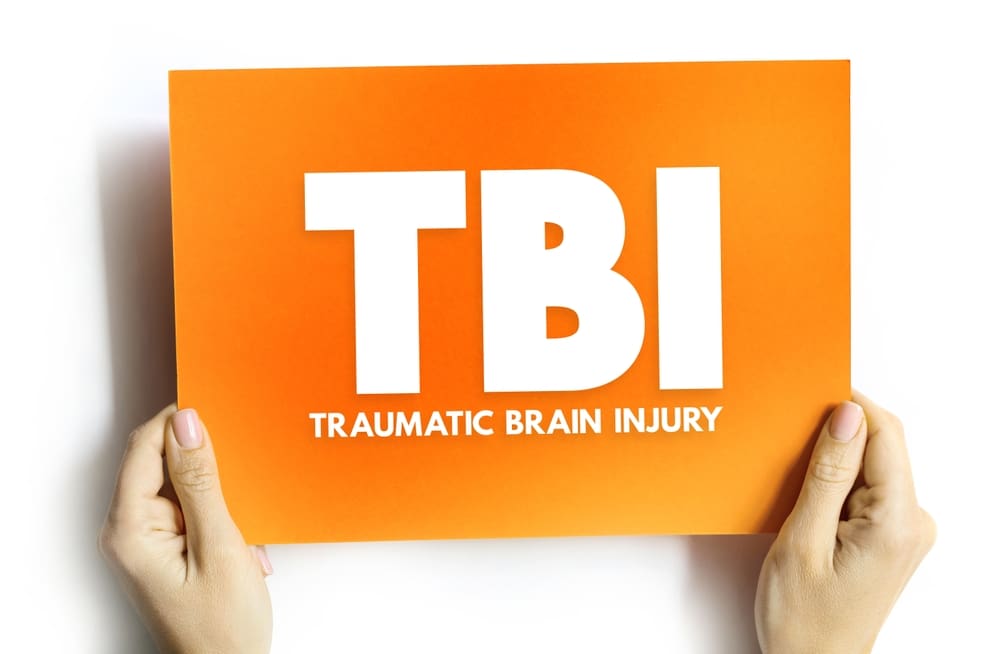Traumatic brain injuries (TBIs) affect millions of people, leading to physical, cognitive and emotional difficulties that can be hard to manage. On an annual basis in the United States alone, approximately one million Americans are treated and released from hospital and emergency departments as a result of a traumatic brain injury. Over 230,000 people are hospitalized with 80,000 of those people being discharged with some type of TBI-related disability. An estimated 5.3 million Americans are living today with disability related to traumatic brain injury. These injuries can dramatically disrupt everyday life, making it difficult for survivors to manage their thoughts, emotions, and behaviors.
Innovative tools like Bi-Tapp, which uses bilateral stimulation (BLS), are supporting people with TBIs on their road to recovery. By rhythmically stimulating both sides of the brain, in an alternating pattern, Bi-Tapp helps to improve focus and regulate the nervous system through a non-invasive approach.
The Struggles with Cognitive and Emotional Regulation
When someone experiences a TBI, their ability to manage physical, cognitive and emotional changes can be overwhelming. This disruption often leads to increased worry, anxiety and frustration for the person who has the TBI and for their loved ones.
How Bilateral Stimulation Helps
Bilateral stimulation (BLS) is a technique that inhibits the amygdala, which is the part of the brain responsible for activating the fight/flight response. This process helps re-establish connections between the brain’s emotional and reasoning centers. Bilateral stimulation is central to Eye Movement Desensitization and Reprocessing (EMDR) therapy, which involves using alternating stimuli—such as tapping, sounds, or eye movements—to engage both sides of the brain. For people with TBIs, who may struggle with emotional regulation and cognitive clarity, BLS can be particularly beneficial because research shows that bilateral stimulation can act as a “trickle charger” to allow the brain regions (hippocampus, thalamus, cerebral cortex, etc) to come back on line.”
Mental health therapists are not the only professionals who are utilizing the benefits of bilateral stimulation. Occupational Therapists regularly use bilateral movement to promote motor function recovery. Bilateral coordination is the integration of using two parts of the body together for motor activities. Occupational therapists use all three types of bilateral coordination to help someone improve . An example of symmetrical bilateral coordination would be pulling socks on or clapping. Alternating bilateral coordination would be walking or riding a bike. Dominant hand and stabilizing hand would be used in cooking or tying your shoes.
The tappers do not replace the need for mental health therapy or occupational therapy but are used as a supportive resource due to the benefits that bilateral tapping provides.
For instance, Houston, a four-year-old boy who was kicked in the head by a horse, is recovering from a severe TBI. He uses Bi-Tapp tappers to help him stay focused on tasks at home and preschool. His family has seen significant improvements in his ability to engage with activities that otherwise were overwhelming to him when he returned home from the hospital.

Another Bi-Tapp user, Julie, suffered a stroke and uses her tappers to help her stay calm and focused, especially during cognitively challenging tasks like driving. While strokes are considered a non-traumatic brain injury (nTBI), they can also profoundly impact a person’s life physically, emotionally and cognitively. In addition to driving, Julie also uses the tappers anytime she feels she is going into a situation where she might experience heightened stress. An unexpected benefit she reports is she can find her words more easily when she wears her tappers versus when she doesn’t.
The Role of Bi-Tapp in Cognitive and Emotional Regulation
Bi-Tapp tappers provide a tactile form of BLS, making them ideal for individuals recovering from TBIs. These devices do not use lights or sounds, which can be overwhelming for some users, and instead offer a gentle, rhythmic tapping that can be used discreetly in any setting. The user is able to customize the settings, choosing both the rate of speed of the tapping and the rate of intensity of the tapping. The main advantage Bi-Tapp has over other coping skills for emotion regulation management is it requires no effort on your part to get the benefit. You simply hold or wear the tappers and they do the bilateral tapping for you.
Integrating Bi-Tapp into your recovery plan
For anyone recovering from a brain injury, Bi-Tapp tappers can be a valuable tool. The tappers offer a simple, effective way to help manage the cognitive and emotional challenges that often come with brain injuries. Whether it’s helping a young child like Houston stay focused in school or assisting an adult like Julie in handling daily stress, Bi-Tapp provides support that can make a big difference in the recovery journey. The best part is you can take the tappers with you wherever you go and use them as often as needed.
Additional Information
Jolie shares how she uses the tappers to manage her anxiety due to the diagnosis of frontotemporal dementia. “I go from zero to panic.”

